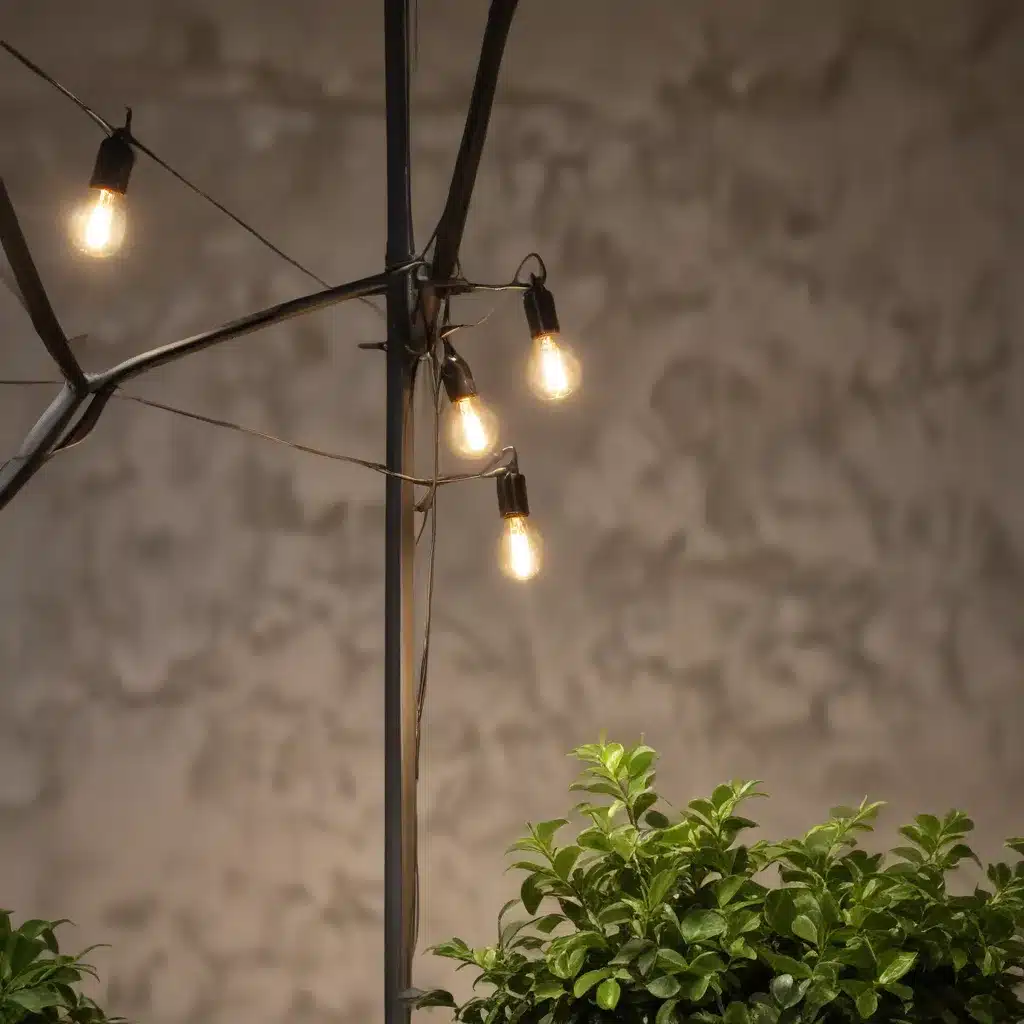
The Power of Energy-Efficient Lighting
Lighting accounts for a significant portion of the average household’s electricity use, around 15% to be exact. However, with the rapid advancements in energy-efficient lighting technologies, homeowners now have a wealth of options to dramatically reduce their energy consumption and utility bills, all while shrinking their carbon footprint.
One of the most impactful changes you can make is to switch from traditional incandescent bulbs to energy-efficient alternatives, such as light-emitting diodes (LEDs) or compact fluorescent lamps (CFLs). LED bulbs, in particular, have become increasingly affordable and accessible, using up to 90% less energy than their incandescent counterparts while lasting up to 25 times longer. This longevity translates to significant cost savings over time, with the average household saving around $225 annually by making the switch to LED lighting.
When selecting energy-efficient bulbs, be sure to look for the ENERGY STAR® label, which indicates the highest quality products with the greatest energy savings. These bulbs not only consume less electricity but also provide the same amount of light as traditional options, ensuring you don’t sacrifice illumination for efficiency.
Taking Control of Your Lighting
Beyond upgrading your light bulbs, consider incorporating lighting controls and sensors to further optimize your energy usage. Timers, for example, can automatically turn off lights when not in use, while dimmers allow you to adjust light levels to suit your needs, reducing energy consumption without compromising visibility.
For outdoor lighting, LEDs and CFLs are ideal choices, as they can withstand the elements and offer significant energy savings compared to traditional outdoor fixtures. Many ENERGY STAR-qualified outdoor lighting products even come equipped with features like automatic daylight shut-off and motion sensors, ensuring your exterior lights are only on when necessary.
The Benefits of Going Green
The transition to energy-efficient lighting isn’t just about saving money on your utility bills; it also has far-reaching environmental benefits. By reducing your household’s energy consumption, you’re directly contributing to the fight against climate change by lowering greenhouse gas emissions. Additionally, the longer lifespan of LED and CFL bulbs means less waste in landfills, further enhancing your environmental impact.
Beyond the direct energy savings, energy-efficient lighting can also improve the overall comfort and functionality of your home. LEDs, for instance, generate less heat than traditional bulbs, reducing the strain on your cooling system and potentially lowering your air conditioning costs. Furthermore, the availability of color-tunable and dimmable LED options allows you to create custom lighting environments that cater to your needs and preferences, from task lighting to ambient mood setting.
Embracing Smart Home Technology
As the smart home revolution continues to gain momentum, homeowners have even more opportunities to optimize their energy usage and enhance their lighting experiences. Smart light bulbs, connected to your home’s Wi-Fi network, can be controlled and programmed remotely using a smartphone or voice assistant, making it easier than ever to ensure your lights are only on when needed.
Many smart bulbs also offer advanced features, such as automatic scheduling, motion detection, and integration with other smart home devices. By automating your lighting and tailoring it to your daily routines, you can unlock even greater energy savings and convenience.
Sustainable Lighting for a Brighter Future
The transition to energy-efficient lighting is not only a practical decision but also a meaningful step towards a more sustainable future. By making conscious choices about the lighting in your home, you’re not only reducing your carbon footprint and utility costs but also contributing to a cleaner, greener environment for generations to come.
To get started on your sustainable lighting journey, visit https://www.voltwattelectric.com/ to explore a wide range of energy-efficient products and smart home solutions that can transform your living space while minimizing your environmental impact.
Comparing Energy-Efficient Lighting Options
To help you make an informed decision about upgrading your lighting, here’s a comparison of the key features and benefits of the most popular energy-efficient bulb types:
| Feature | Incandescent | CFL | LED |
|---|---|---|---|
| Energy Efficiency | Low | Moderate | High |
| Lifespan | 1,000 hours | 8,000 hours | 25,000 hours |
| Energy Savings | – | 25-35% | 75-90% |
| Heat Generation | High | Moderate | Low |
| Dimmable | Yes | Some models | Most models |
| Color Options | Limited | Limited | Wide range |
| Environmental Impact | High | Moderate (due to mercury) | Low |
| Average Cost per Bulb | $0.50 – $2 | $2 – $8 | $5 – $15 |
By weighing the advantages and trade-offs of each lighting technology, you can select the best options to meet your home’s needs while maximizing energy savings and environmental benefits.
Conclusion
The transition to energy-efficient lighting is a simple yet powerful way to reduce your household’s carbon footprint and utility costs. By embracing LED and CFL bulbs, incorporating smart lighting controls, and leveraging the latest advancements in sustainable home technology, you can create a more energy-efficient and eco-friendly living space that positively impacts both your wallet and the environment.
Take the first step towards a brighter, greener future by exploring the wide range of energy-efficient lighting solutions available at https://www.voltwattelectric.com/. With the right lighting choices, you can enjoy greater comfort, convenience, and cost savings while contributing to a more sustainable tomorrow.

